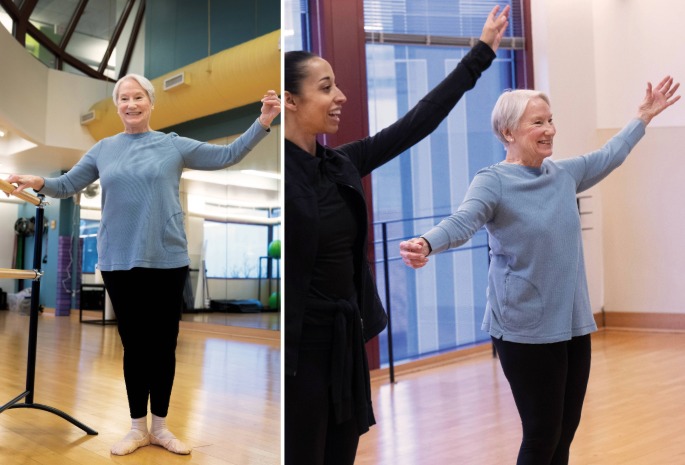As typing became more difficult, Chara shared her concern with Dr. Waltuck. He suggested she talk to Eric Wagner, MD, an orthopedic surgeon at Emory Healthcare. “But I was very nervous about surgery since my livelihood depends on typing,” says Chara.
Determined to make the best choice, she spent a year interviewing other orthopedic specialists. The decision was so important to Chara that she broke her usual routine and brought her husband to the appointments. “I’m very independent,” she explains. “I never bring my husband to medical appointments.”
Ultimately, Chara’s high standards and determination led her back to Dr. Wagner. His impressive credentials as a surgeon, researcher and educator gave her the confidence to move forward.
“Chara had advanced disfigurement of her hands. Her wrists were in bad shape, too,” says Dr. Wagner. He marvels at how well Chara compensated for her disability despite the severity of her condition.
Dr. Wagner mapped out Chara’s surgeries step-by-step to help her manage the demands of her work and daily life. They agreed on a treatment plan and began moving forward, one operation at a time. The overall goal: for Chara to retain the best possible mobility of her hands.
Dr. Wagner performed the first surgery on her left wrist, fusing the joint for stability. Then he moved on to her knuckle joints, which had been severely affected by her arthritis. He replaced these joints with silicone implants. The rubber-like material provides mobility and durability in her fingers. Finally, he replaced her right wrist joint with a metal and plastic joint for flexibility.
“It's remarkable when you see the before and after photos,” says Chara. She describes her hands as going from “horizontal to vertical.”
“Surgery needs to be as unique as the patient,” says Dr. Wagner. With challenging conditions, especially severe inflammatory ones, there are many strategies a surgeon might consider.
Dr. Wagner emphasizes that each surgical option involves unique trade-offs. These choices are carefully individualized to fit the patient’s specific needs and goals.






